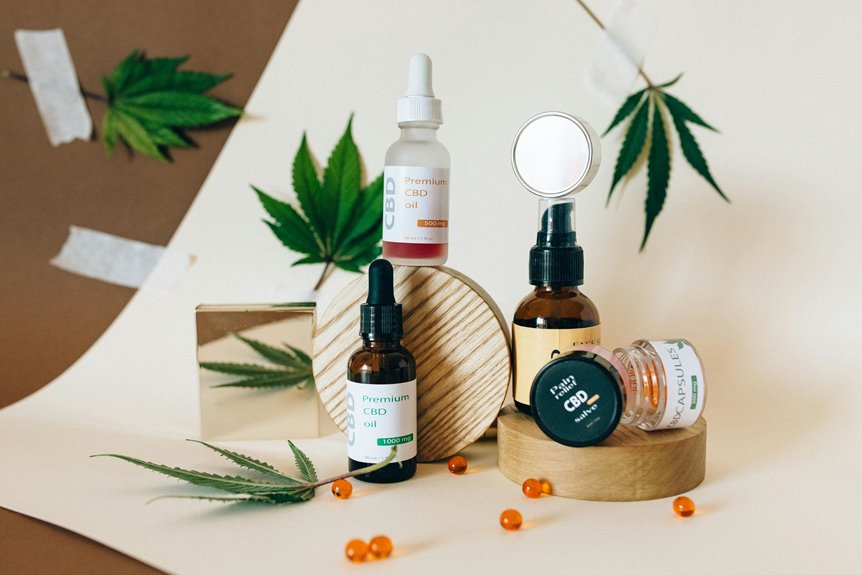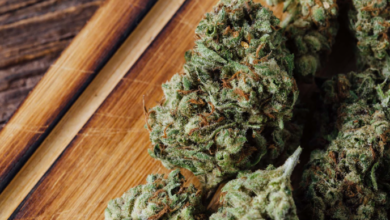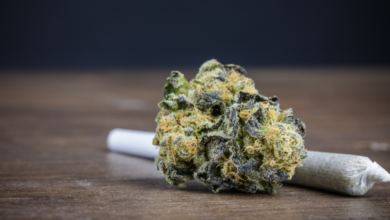The interplay between CBD and antibiotics is an emerging area of interest in pharmacology. Preliminary studies indicate that CBD may influence the metabolism of certain antibiotics, potentially altering their efficacy. Given CBD’s well-documented therapeutic benefits, understanding these interactions is crucial for patients undergoing antibiotic treatments. As the nuances of dosage and timing become evident, the implications for optimizing therapeutic outcomes warrant further exploration. What specific mechanisms underlie these interactions, and how can they be effectively managed?
Understanding CBD and Its Mechanism of Action
Cannabidiol, commonly known as CBD, is a non-psychoactive compound derived from the Cannabis sativa plant, garnering attention for its potential therapeutic properties.
CBD research indicates various benefits, including anti-inflammatory and analgesic effects, which may enhance overall health.
Its interaction with the endocannabinoid system suggests a mechanism of action that modulates physiological processes, offering a promising avenue for natural health solutions without the psychoactive effects associated with THC.
The Interaction Between CBD and Antibiotics
While the therapeutic potential of CBD has been widely studied, its interaction with antibiotics remains a critical area of inquiry that warrants further examination.
Preliminary research suggests that CBD interactions may influence antibiotic efficacy, potentially altering drug metabolism.
Understanding these dynamics is essential for optimizing treatment outcomes, as patients seeking alternative therapies must be aware of how CBD could impact their antibiotic regimens.
Considerations for Safe Use of CBD With Antibiotics
How can patients ensure the safe use of CBD alongside antibiotics?
Careful consideration of CBD dosage is crucial, as high amounts may diminish antibiotic effectiveness by altering metabolic pathways.
Consulting healthcare professionals before combining these substances allows for personalized guidance, ensuring that patients maintain antibiotic efficacy while potentially benefiting from CBD’s therapeutic properties.
Awareness of interactions fosters a balanced approach to treatment.
Conclusion
In the intricate dance between CBD and antibiotics, each substance symbolizes a thread in the tapestry of healing. While CBD offers therapeutic potential, its interaction with antibiotics may unravel the efficacy of treatment. Thus, caution is paramount; like a skilled weaver, one must consider dosage and professional guidance to maintain the integrity of this delicate fabric. Understanding these dynamics not only safeguards patient health but also illuminates the path toward optimized, harmonious healing.





